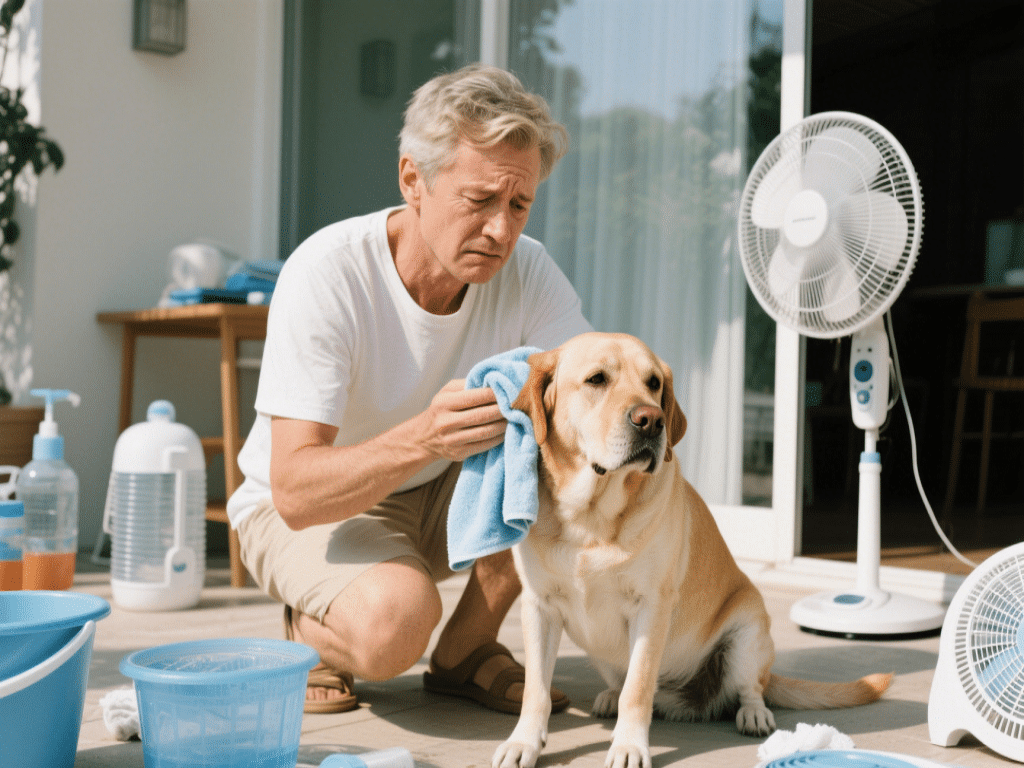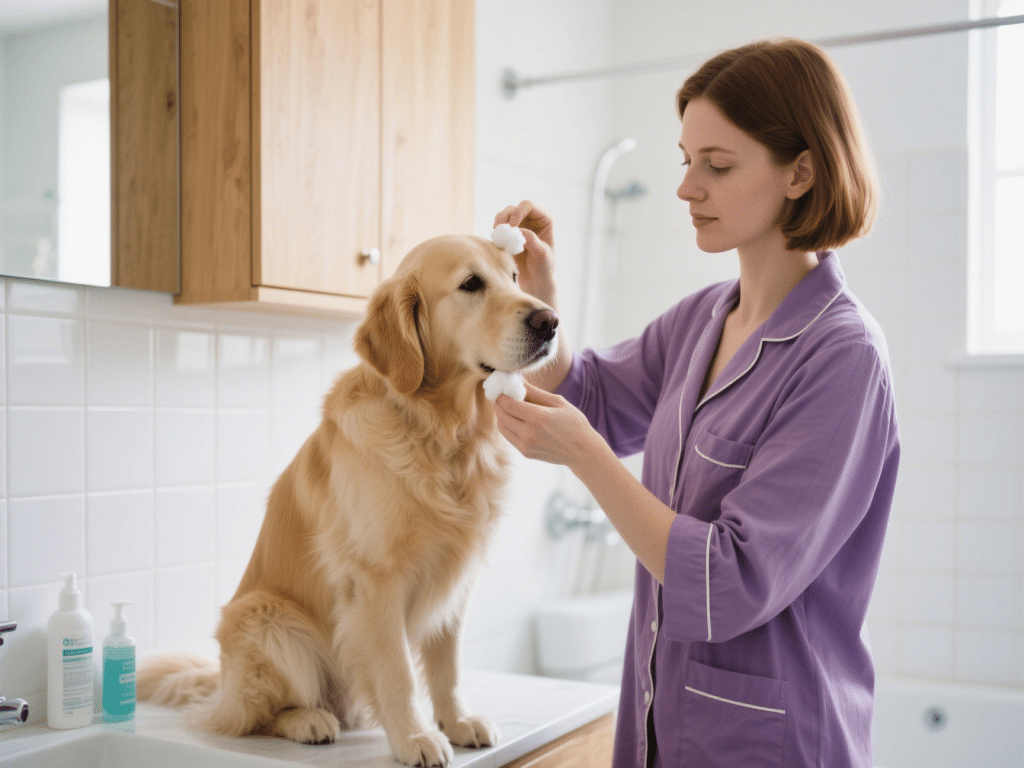
How to Groom Long-Haired Dogs at Home: Tools and Techniques
IntroductionLong-haired dog breeds—such as Afghan Hounds, Shih Tzus, and Yorkshire Terri...
Consistent training transforms unruly puppies into obedient companions. These evidence-based methods leverage canine psychology for reliable results.
Reward within 1.5 seconds of desired behavior. Use high-value treats (boiled chicken, cheese) during initial learning phases. Gradually shift to intermittent reinforcement to strengthen retention.
Puppies retain focus for 3-5 minutes. Conduct 3 daily mini-sessions rather than marathon drills. End sessions while engagement remains high to build anticipation.
Introduce crates as safe havens—never punishment zones. Follow the “4-P Rule”:
Placement (quiet area)
Positive association (meals inside crate)
Progressive duration (start at 5 minutes)
Patience (ignore whining; reward quiet)
Replace household items with species-appropriate chew toys. Freeze rubber Kongs stuffed with kibble and yogurt to soothe teething gums while providing mental stimulation.
Start at doorways:
Leash puppy approaching exit
Command “Wait” with open palm signal
Reward stationary position for 3 seconds
Release with “Okay!”
Gradually increase duration before release.
Before 16 weeks, expose puppies to:
3 new environments weekly (parks, pavement, elevators)
3 unfamiliar people daily
3 vaccinated dogs weekly
Always pair new experiences with treats.
Turn away immediately when paws leave ground. Reward only when all four feet touch floor. Teach incompatible behavior like “Sit to Greet.”
Assign distinct verbal cues:
“Yes!” = Correct behavior (treat follows)
“Oops” = Mistake (pause/reset)
“Free” = Session end
Rehearse commands in increasingly distracting settings:
Low-distraction (quiet room)
Medium (backyard)
High (park with people/dogs)
Increase criteria gradually using higher-value rewards.
Expect skill backslides during adolescence (6-18 months). Revert to previous successful training stages without punishment. Maintain 80% reinforcement rate during regression phases.
Pro Insight: Dogs don’t generalize behaviors across contexts. A solid “Stay” indoors doesn’t automatically transfer to outdoor environments. Context-specific retraining is essential.
Final Considerations
Age-Appropriate Expectations: Puppies under 6 months lack bladder maturity for extended “hold” commands
Breed Nuances: Herding breeds respond to movement-based rewards; scent hounds require olfactory enrichment
Professional Support: Consult certified trainers (CPDT-KA) for aggression or severe anxiety
Consistency remains the universal accelerator. Dogs thrive on predictable routines—dedicate 15 minutes daily to structured training for measurable behavioral gains within 3 weeks.

IntroductionLong-haired dog breeds—such as Afghan Hounds, Shih Tzus, and Yorkshire Terri...

IntroductionFor individuals with allergies, choosing a dog breed that produces fewer aller...

IntroductionProfessional cameras and studio setups help, but you don’t need expensive ge...

IntroductionWhile “catching a cold” in pets differs from human colds, dogs and cats ca...

IntroductionHeatstroke in dogs and cats is a life-threatening condition occurring when bod...

Why Dog Ear Care is Non-NegotiableCanine ear health directly impacts overall wellbeing. Do...
Comments on "10 Proven Dog Training Tips for a Well-Behaved Pup" :